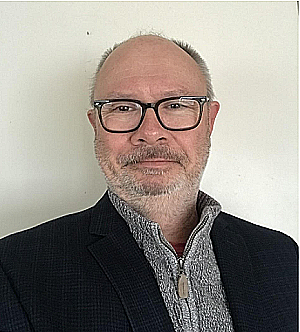Audiobook Narration Sample
Description
Vocal Characteristics
Language
EnglishVoice Age
Middle Aged (35-54)Accents
North American (General)Transcript
Note: Transcripts are generated using speech recognition software and may contain errors.
through our years working in the field of cultural transformation with company after company leader after leader, executive team after executive team. We've heard the same challenges and statements such as my organization isn't accountable. My executive team members are too focused on their functions or divisions. They aren't thinking about what's best for the whole organization. We're not aligned on the critical priorities for the organization. We need innovation and growth, but people won't act or take risks. We're growing so fast, we're losing our sense of shared culture. Even though we had collectively spent decades working at the top of some of the world's largest publicly traded and privately held firms and completed 23 years of formal education between us in the fields of business, education, psychology and organization theory. We just couldn't see what was hidden. Additionally, during our years in the field we worked for organizations that spent millions upon millions of dollars and countless hours trying to drive transformations and companies only to be met with constant resistance to change. Even when the ceo was visibly committed to a change, we would still find it very difficult to align the organization to its new expectations. We heard similar statements regarding improving culture basically we couldn't see the water we were swimming in. We couldn't understand why people behave the way they did, why they would throw others under the proverbial business as usual bus and why we would do the same. But eventually we began to see both an art and science of organizational culture emerging, including it's obvious and even more importantly it's hidden element
